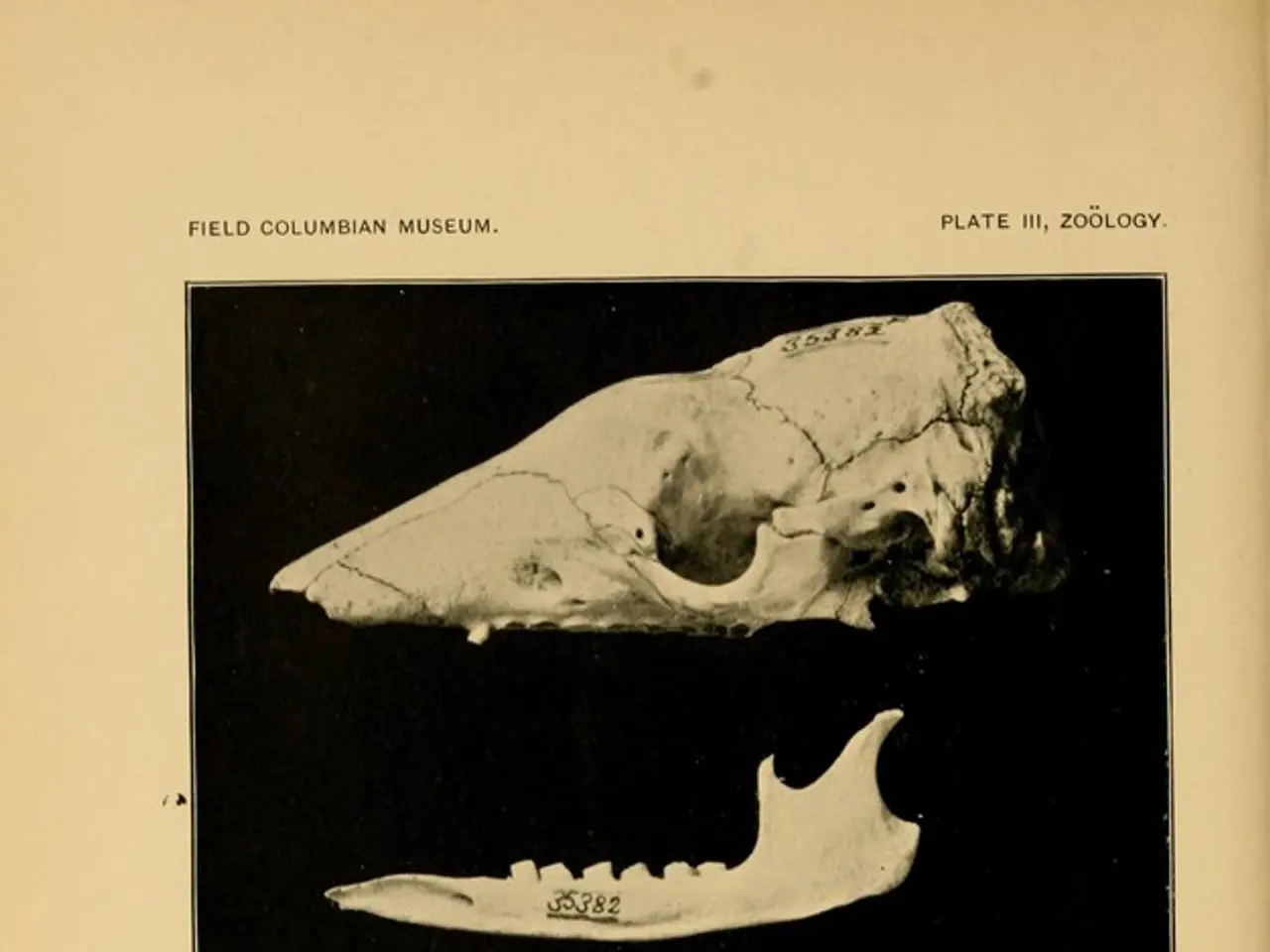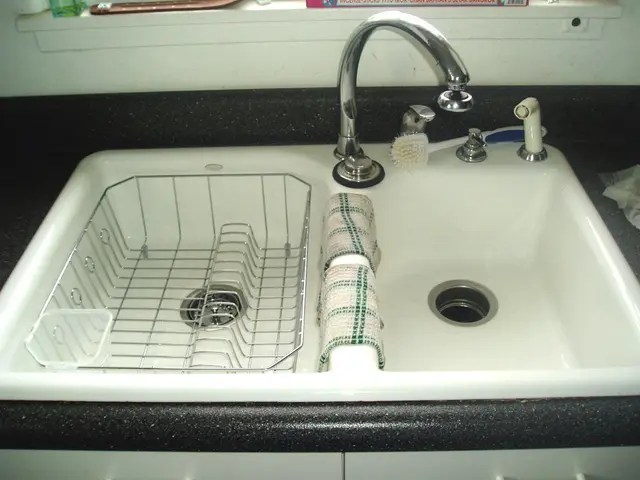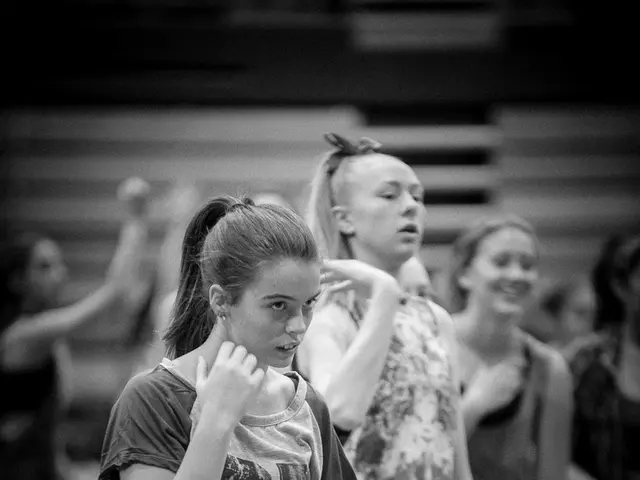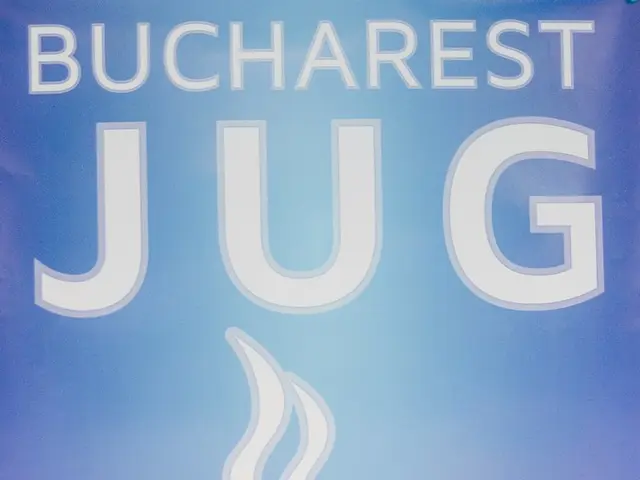Tennis or Golfer's Elbow Remedies and Insights: Exploring Treatment Options
In a recent development, a comprehensive approach to treating and preventing medial epicondylitis, commonly known as golfer's elbow, has been highlighted. This condition, characterised by pain on the inner side of the elbow and extending to the wrist, is often experienced by individuals who overuse their tendons, particularly athletes and those in high-risk occupations.
Symptoms of medial epicondylitis can vary from mild to severe, and may include pain when flexing the wrist towards the forearm, weakness in the grip, difficulty moving the elbow, a tingling sensation extending to the ring and pinky fingers, stiffness in the elbow, and weakness in the wrist. However, with the right approach, recovery is possible, and the outlook for those affected is generally good.
Rest can offer some relief, but for those experiencing severe symptoms or limited relief after dedicated rest, it is advisable to seek medical attention. A doctor may consider surgery if other treatment options have not worked, but initial treatment can start before a consultation. This may involve stopping activities causing symptoms, physical therapy, and modifications to previous activities.
To aid recovery, a person may apply ice, take over-the-counter pain and anti-inflammatory medications, practice strengthening exercises, stretch the forearm, use a brace for extra support, and return gradually to activity that involves the arm. In some cases, a doctor may recommend corticosteroid injections.
Effective exercises for preventing and healing medial epicondylitis focus primarily on stretching, strengthening, and mobilising the forearm muscles and tendons involved in wrist flexion and pronation. Key recommended exercises include wrist flexor and extensor stretches, eccentric wrist flexor strengthening, grip-strengthening exercises, forearm pronation and supination drills, nerve gliding techniques, and manual therapy and soft tissue mobilisation.
In addition to exercises, prevention strategies include modifying activity such as modifying golf swing technique to minimise tendon strain, using appropriate equipment, and implementing ergonomic adjustments in daily and sports activities.
A consistent adherence to these exercises, ideally guided by a physiotherapist to ensure proper technique and progressive loading, is key to preventing recurrence and promoting full recovery from golfer's elbow. The more different approaches to treatment a person attempts, the faster their recovery may be.
It is essential to note that while there is no fast cure for medial epicondylitis, the recovery time depends on the severity of the condition. Seeking medical attention is necessary when a person experiences lingering, unexplained pain. Only a doctor can diagnose medial epicondylitis, and a physical examination is often all that is necessary.
Complications from medial epicondylitis are uncommon, but complications of surgery can include nerve injury or infection. It occurs when overuse or injury causes small tears in the tendon connecting the elbow and wrist.
In conclusion, with the right approach, individuals can effectively manage and prevent medial epicondylitis. By incorporating exercise and prevention strategies into their routine, they can reduce the risk of this condition and promote a speedy and full recovery.
- Engaging in various therapies and treatments, such as physical therapy, exercises focused on stretching and strengthening the forearm muscles, nerve gliding techniques, and manual therapy, can aid in the healing and prevention of other musculoskeletal disorders, not just golfer's elbow.
- In the realm of health-and-wellness, it's crucial to be aware of other musculoskeletal disorders like golfer's elbow, as they can cause aches and pains in the body, potentially leading to limitations in fitness-and-exercise activities.
- Rheumatology, the medical-condition of inflammation in the joints, muscles, and surrounding tissues, can sometimes be associated with other musculoskeletal disorders such as golfer's elbow.
- In the scientific study of the musculoskeletal system, understanding other musculoskeletal disorders like golfer's elbow is crucial to developing effective therapies-and-treatments and maintaining overall health-and-wellness.
- Regular exercise and proper body maintenance, including the prevention of other musculoskeletal disorders like golfer's elbow through stretching, strengthening, and ergonomic adjustments, play a significant role in maintaining overall health and fitness.




